Very nice.
Drug appears to “dampen down” detrimental inflammatory responses without suppressing the normal functions cells need to maintain health.
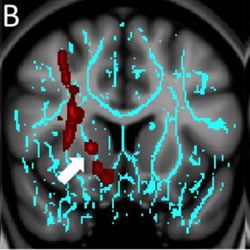

This really sad news; cancer is showing up among children more often than originally reported. I will admit in my own family that we had our 1st reported case. She is doing amazing and we’re all proud of her. However, I encourage more needs to be done to prevent this from occurring in the most innocent of lives.
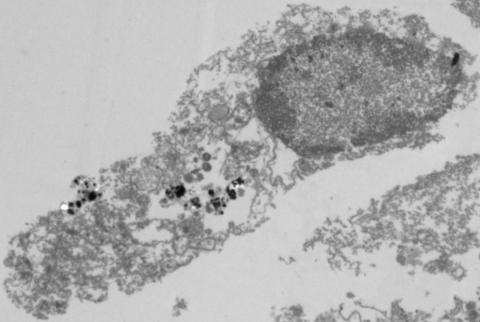
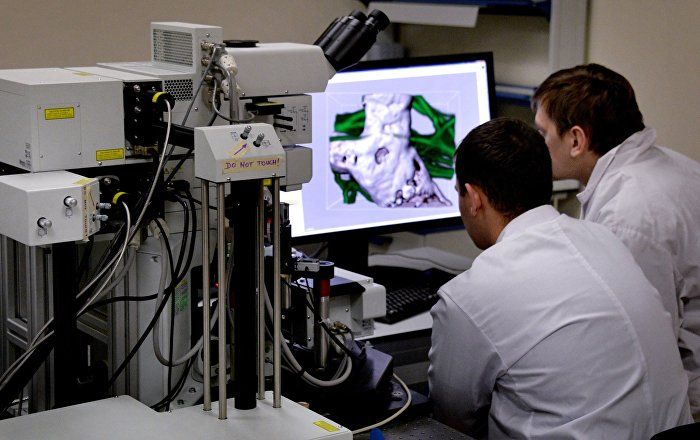
“Many doctors believe that #aging is a disease and can therefore be cured,” and Russian scientists may prove it right! #medicine

A video about how fast technological progress is going, how much technology has improved the world and the potential for technology to solve our most pressing challenges. Inspired in part by the book Abundance by Peter Diamandis and Steven Kotler, and by the video “Shift Happens 3.0” (also known as “Did You Know”) by Karl Fisch and Scott McLeod: https://www.youtube.com/watch?v=cL9Wu2kWwSY
Among the things mentioned are developments and possibilities within information technology, biotechnology, nanotechnology and artificial intelligence. The video also touches upon how several of these developments are exponential, but it does not get into the realm of technological singularity and the thoughts of people such as Ray Kurzweil, which is the topic of some of my other videos.
The guy who is speaking at the end is Peter Diamandis. The whole talk can be seen here: https://www.youtube.com/watch?v=1KxckI8Ttpw
SOURCES AND JUSTIFICATION FOR CLAIMS
http://howisearth.wordpress.com/2012/08/12/did-you-know-the-future-is-better-than-you-think/
MUSIC
“I can´t stop” (the title does not really come as a shock) by Flux Pavilion. Thank you Flux!
If you like it you could, if you want to, buy it here: http://itunes.apple.com/gb/album/i-cant-stop-single/id510073535 or some other place.
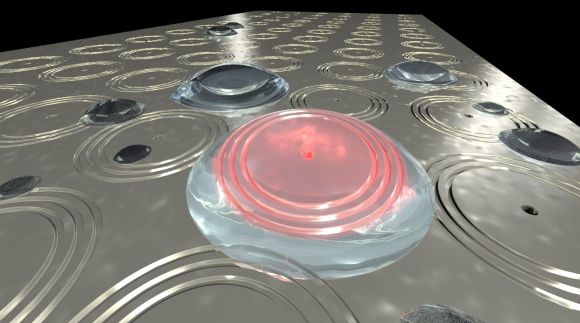
Plasmonics, the study of how electrons behave in a metal under an electromagnetic field, requires the use of specialty coherent light sources as a basic tool. Optical interferometry can potentially become more important in biomedicine if only the technology could be made more compact, practical, and proven useful.
Toward that end researchers at Brown University have developed a way of using plasmonics techniques without using a coherent light source at all. This allows optical interferometry at the nanoscale and should lead to new types of biomedical sensors that can do rapid wide spectrum analysis for a variety of markers.
Here’s more details about the technology from Brown University:

“Finding that GDF11 levels are under genetic control is of significant interest. Since it is under genetic control, we can find the genes responsible for GDF11 levels and its changes with age,” said the study’s senior author Rob Pazdro, assistant professor at University of Georgia in the US.
Scientists have shown that a hormone instrumental in the ageing process is under genetic control, introducing a new mechanism by which genetics regulate ageing and disease.

Personally, I am not a Breitbart fan; however, I am publishing this article to highlight something that I noticed. In this article it highlighted the 3 Rules of Robotics which are old and need to be updated. One of the rules is “A robot may not injure a human being or, through inaction, allow a human being to come to harm.” is not true. Why? Because as long as criminals who have enough money and can pay others well to re-engineer/ re-program robotics; robotics can become dangerous to humans. The drones today are good examples of how stalkers are using them, drug cartels, etc.
Robotics, once the almost exclusive purview of science fiction, is now approaching a point at which it will be capable of dramatic influence over humanity. These advancements are as much a lesson in caution as in the wonder of the human imagination.
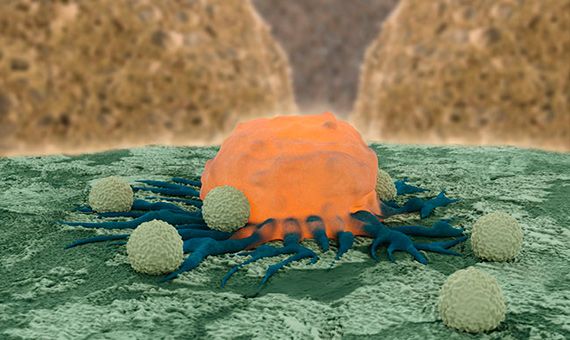
Isolating cancer cells is the new option for treating cancer.
We have new weapons to fight cancer, less invasive and smarter, since they use the operating behavior of the cells themselves and the immune system.

Whether or not nerve cells are able to regrow after injury depends on their location in the body. Injured nerve cells in the peripheral nervous system, such as those in the arms and legs, can recover and regrow, at least to some extent. But nerve cells in the central nervous system—the brain and spinal cord—can’t recover at all.
A UCLA-led collaboration has identified a specific network of genes and a pattern of gene expression mice that promote repair in the peripheral nervous system in a mouse model. This network, the researchers found, does not exist in the central nervous system. The researchers also found a drug that can promote nerve regeneration in the central nervous system.
The study appears in the online edition of the journal Neuron.